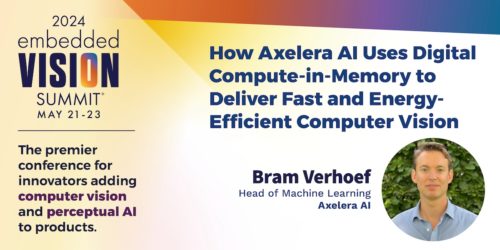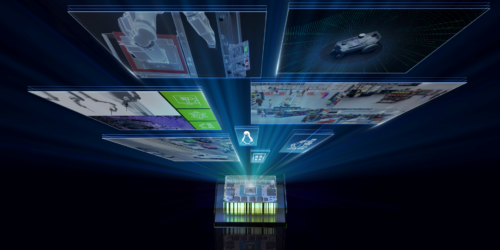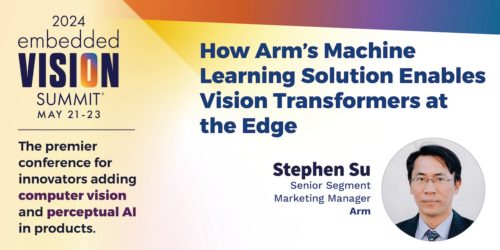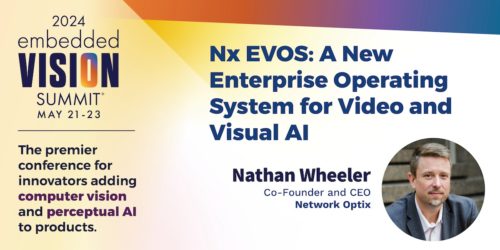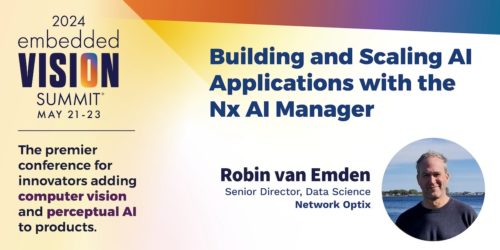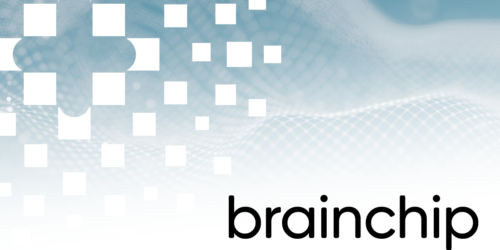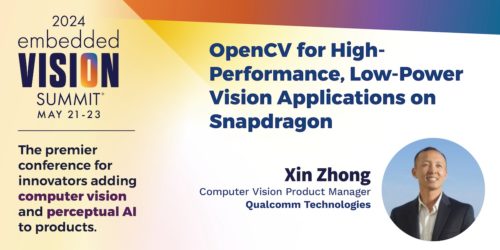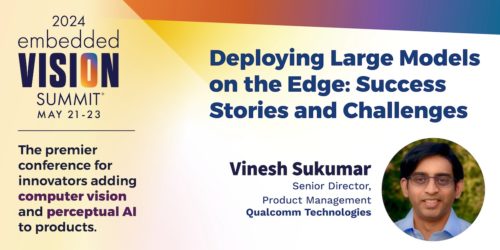Upcoming Webinar Explores AI for Audio
On June 25, 2024 at 2:00 pm PT (5:00 pm ET), Alliance Member company MACSO Technologies will deliver the free webinar “AI for Audio.” From the event page: Come join the MACSO team and our partner community to dive into the intricacies of AI for audio. MACSO has a wealth of experience to share in […]
Upcoming Webinar Explores AI for Audio Read More +


